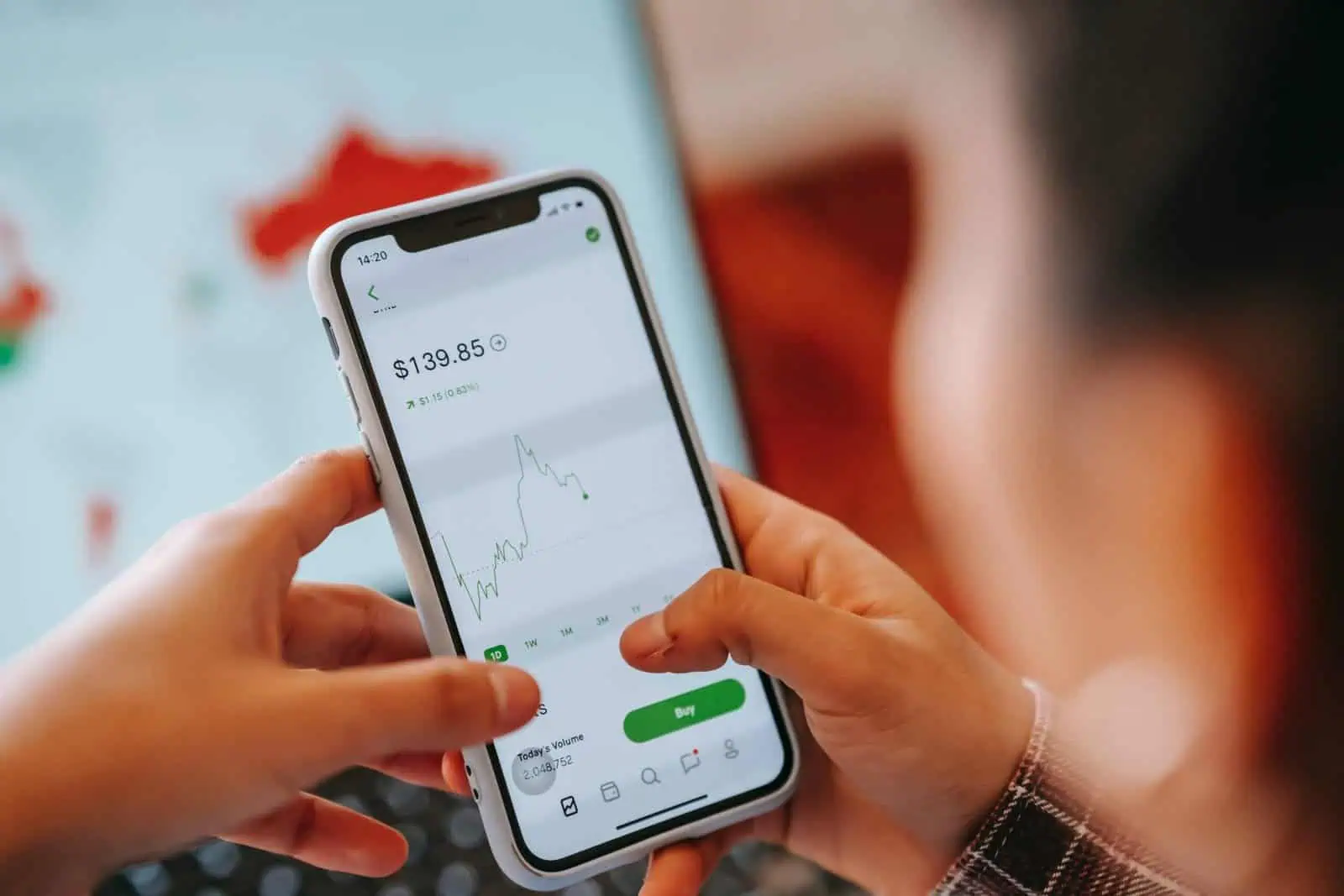The world of financial trading has seen a remarkable transformation over the years, with binary options becoming established as a significant player. This article delves deep into the evolution of binary options platforms, tracing their journey from their early days to the sophisticated systems we see today.
What Are Binary Options?
Binary options are financial instruments that allow traders to speculate on the price movement of various assets, such as stocks, commodities, and currencies. The principle is simple: you predict whether the price of an asset will go up or down within a set period. If you are new to this type of trading, you can start using this strategy to achieve your first trades.
The Early Days: Simplicity and Accessibility
Binary options trading began in the early 2000s, offering a simplified way for traders to enter the financial markets. This type of investment was available on trading platforms used for other assets and markets, although separate websites and systems were developed later. These platforms were characterized by their user-friendly interfaces and straightforward trading propositions.
Initially, binary options attracted retail traders due to their simplicity and the potential for high returns on a small investment. This period saw a surge in the number of people taking up binary options trading as a form of investment.
The Growth Phase: Technology and Regulation
As technology advanced, so did trading platforms. Those that offered binary options were usually the ones at the forefront of technological advancements. They started incorporating complex algorithms, real-time data processing, and advanced charting tools. This made it possible for traders to make more informed decisions.
Regulatory Changes
In the mid-2000s, the market underwent significant regulatory shifts. Governments and financial authorities started recognizing binary options as legitimate financial instruments, leading to their regulation. This move aimed to protect traders by ensuring transparency and fairness in trading practices.
Regulatory bodies like the U.S. Securities and Exchange Commission (SEC) and the Cyprus Securities and Exchange Commission (CySEC) became pivotal in licensing and monitoring binary options brokers. These changes not only enhanced trader security but also boosted investor confidence, contributing to the growth and credibility of the binary options trading industry.
The Boom of Mobile Trading
The advent of smartphones revolutionized binary options trading. Mobile trading apps allowed traders to access their accounts and trade on the go, significantly increasing the accessibility and popularity of digital investments. Mobile platforms quickly became more sophisticated, offering features like push notifications marketing for market events, seamless integration with web platforms, and advanced security measures.
The Role of Social Trading
Social trading emerged as a new trend, where traders could follow and copy the trades of experienced investors. This added a community aspect to binary options, making it more engaging and informative. Social platforms helped novice traders learn from seasoned professionals, reducing the learning curve and potentially increasing their chances of success.
Advanced Features and Tools
- Customization and Automated Trading: Modern binary options platforms offer high levels of customization and automated functions. Traders can now set up bots to trade based on specific criteria, making trading more efficient.
- Risk Management Tools: Platforms also introduced advanced risk management tools, like stop-loss orders and early exit options, helping traders to better manage their exposure.
Challenges and Controversies
- The Issue of Scams: Despite regulations, the market faced challenges with fraudulent platforms. This highlighted the importance of choosing reputable and regulated brokers.
- Ethical Concerns: Binary options trading faced criticism for its high-risk nature and the ethical concerns around aggressive marketing tactics used by some brokers.
The Future of Binary Options Trading Platforms
- Evolving Technologies: The future of these platforms lies in the integration of AI and machine learning, which could provide even more sophisticated analysis and automated features.
- Focus on Education and Transparency: There is a growing emphasis on educating traders and providing transparent conditions to ensure a fair environment.
Conclusion: A Constantly Evolving Landscape
The evolution of binary options trading platforms is a testament to the dynamic nature of the financial markets. From simple beginnings to the complex and technologically advanced systems of today, the platforms have continually adapted to meet the needs of traders. As we look ahead, the focus on technology, education, and regulatory compliance will likely shape the future, offering traders more robust, secure, and sophisticated experiences.

